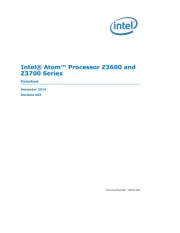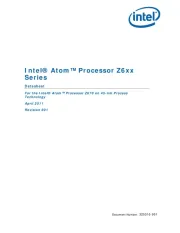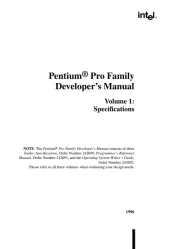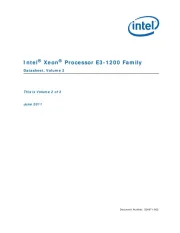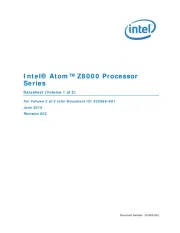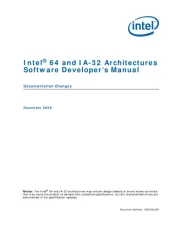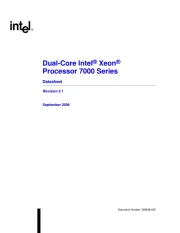ART Pro Channel III Manual
Læs gratis den danske manual til ART Pro Channel III (22 sider) i kategorien Processor. Denne vejledning er vurderet som hjælpsom af 22 personer og har en gennemsnitlig bedømmelse på 4.9 stjerner ud af 11.5 anmeldelser.
Har du et spørgsmål om ART Pro Channel III, eller vil du spørge andre brugere om produktet?

Produkt Specifikationer
| Mærke: | ART |
| Kategori: | Processor |
| Model: | Pro Channel III |
Har du brug for hjælp?
Hvis du har brug for hjælp til ART Pro Channel III stil et spørgsmål nedenfor, og andre brugere vil svare dig
Processor ART Manualer
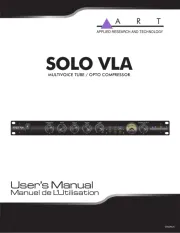
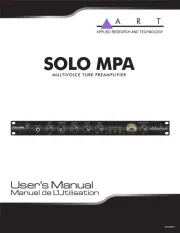
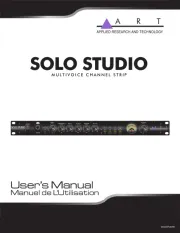







Processor Manualer
- Asus
- SEADA
- Amiko
- Eventide
- MuxLab
- Solid State Logic
- Golden Age Project
- Tempo
- HP
- Allen & Heath
- Empirical Labs
- GeoBox
- ViewZ
- BZBGear
- Atlas Sound
Nyeste Processor Manualer


